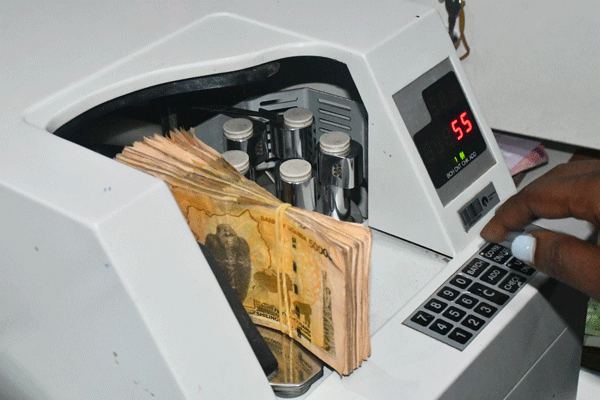Prime
EAC pushes single currency deadline to 2031

A woman checks a wallet containing different currencies from East African partner states. PHOTO / FILE
What you need to know:
- While some aspects of the roadmap have been implemented, Ms Nduva noted that there are still disagreements among member states, particularly regarding the development of legal instruments to support the monetary union. These instruments are currently at various stages of approval or operationalisation.
The East African Community (EAC) has postponed its plans for a single currency, with the new target set for 2031.
The EAC member states signed the protocol for establishing the East African Community Monetary Union (EAMU) in November 2013. This agreement was intended to lay the groundwork for a monetary union within a decade and facilitate the convergence of member currencies into a single currency.
However, EAC Secretary General Ms Veronica Mueni Nduva announced on Wednesday, that the establishment of the monetary union has been delayed until 2031.
"The Monetary Union was expected to be established in 2024 as per the Monetary Union Roadmap. However, it was not been realised and the timeline was therefore revised to 2031," she said.
She was speaking during a roundtable that brought together executives from members of the East African Business Council (EABC) and the council’s management team in Arusha, Tanzania.
Themed Boosting Intra-EAC Trade and Investment: Unlocking Barriers and Leveraging Opportunities, the event was organised by the EABC.
While some aspects of the roadmap have been implemented, Ms Nduva noted that there are still disagreements among member states, particularly regarding the development of legal instruments to support the monetary union. These instruments are currently at various stages of approval or operationalisation.
Additionally, central banks within the EAC have launched the East African Payments System (EAPS), a multicurrency platform facilitating currency convertibility across the region. Partner states have signed and are implementing a Memorandum of Understanding (MOU) on Currency Convertibility and Repatriation, and a legal instrument for harmonizing excise taxes is under review.
However, challenges remain, including delays in deciding which country will host the East African Monetary Institute (EAMI), a precursor to the East African Central Bank. There are also disagreements on criteria for converging the four key macroeconomic fundamentals: a headline inflation rate of 8 percent, foreign exchange reserve cover of 4.5 months of imports, a fiscal deficit ceiling of 3% of GDP, and a public debt limit of 50 percent of GDP.
The meeting aimed to outline the private sector’s policy advocacy priorities and review progress on EAC commitments to enhance intra- and extra-EAC trade and investment. Discussions focused on identifying trade and investment barriers and proposing solutions.
Ms Nduva also highlighted ongoing efforts to liberalize air transport markets in the region to promote competition and reduce fares. The EAC has finalized draft air liberalization regulations and strategies to lower transport costs.
EAC Executive Director Mr Adrian Njau emphasized the importance of policy advocacy on trade, investment, and industrialization. He noted that these efforts are crucial for removing barriers and enhancing trade opportunities within and outside the EAC.
Mr Njau projected that the EAC’s economy would grow by 5.1 percent this year, up from 4.9 percent in 2023. He also expressed optimism that through public-private partnerships and a supportive business environment, the share of intra-EAC trade could increase from the current 15 percent to 40 percent by 2028.
In 2023, intra-EAC trade grew by 14 percent to $12.2 billion, representing 15 percent of total EAC trade, with the remainder occurring with the rest of the world.
EAC exports to the global market rose to $26.9 billion in 2023, up from $25 billion in 2022. Exports to Africa matched imports from the continent at $9.7 billion each.
Mr Njau called for continued deliberation on strategies to industrialize the EAC and create employment opportunities for the region’s growing youth population.



